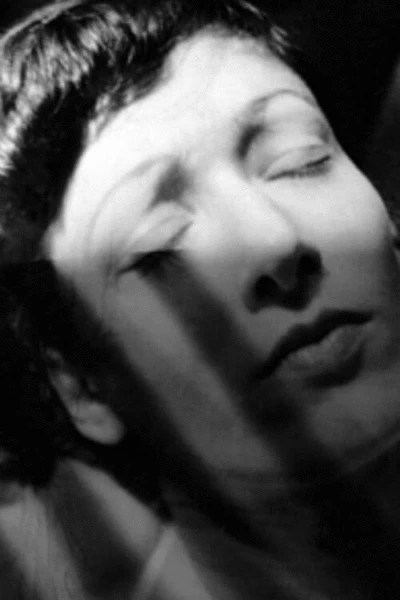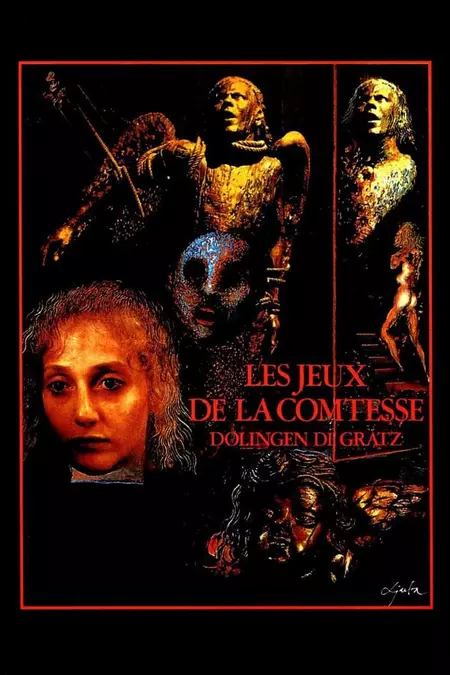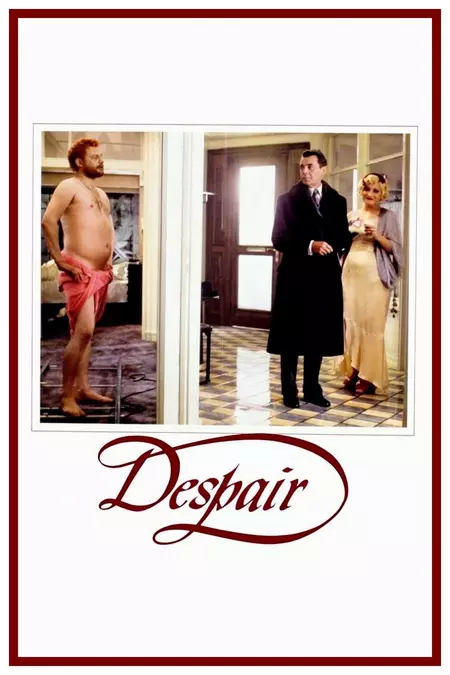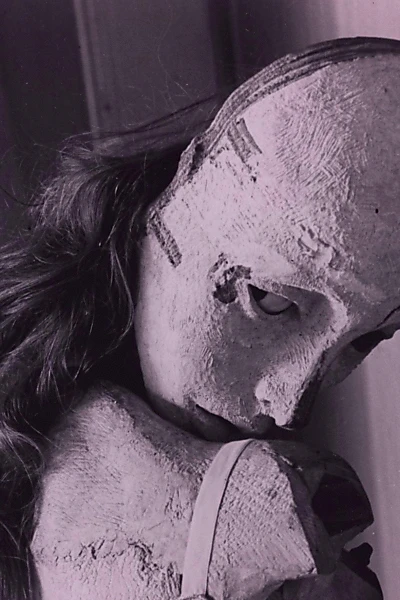Biography
(No Information)
Filmography
all 4
Movies 4
Writer 1
Information
Known ForActing
GenderFemale
Birthday1916-07-06
Deathday1970-10-19 (54 years old)
Birth NameNora Berta Unica Ruth Zürn
Birth PlaceCharlottenburg-Wilmersdorf, Germany
CitizenshipsGermany
This article uses material from Wikipedia.
Last updated:
 Unica Zürn
Unica Zürn- Filmography
- Information



